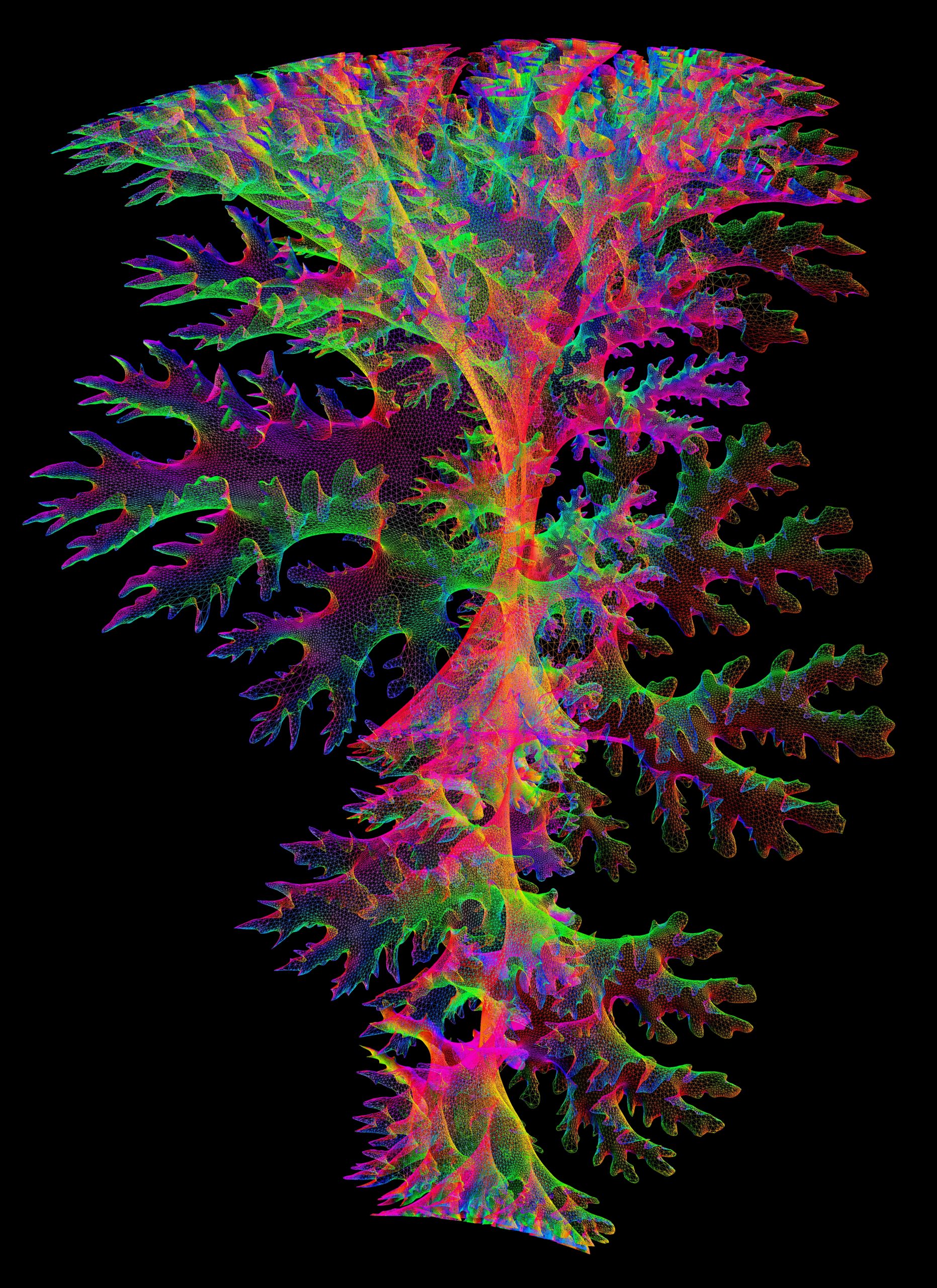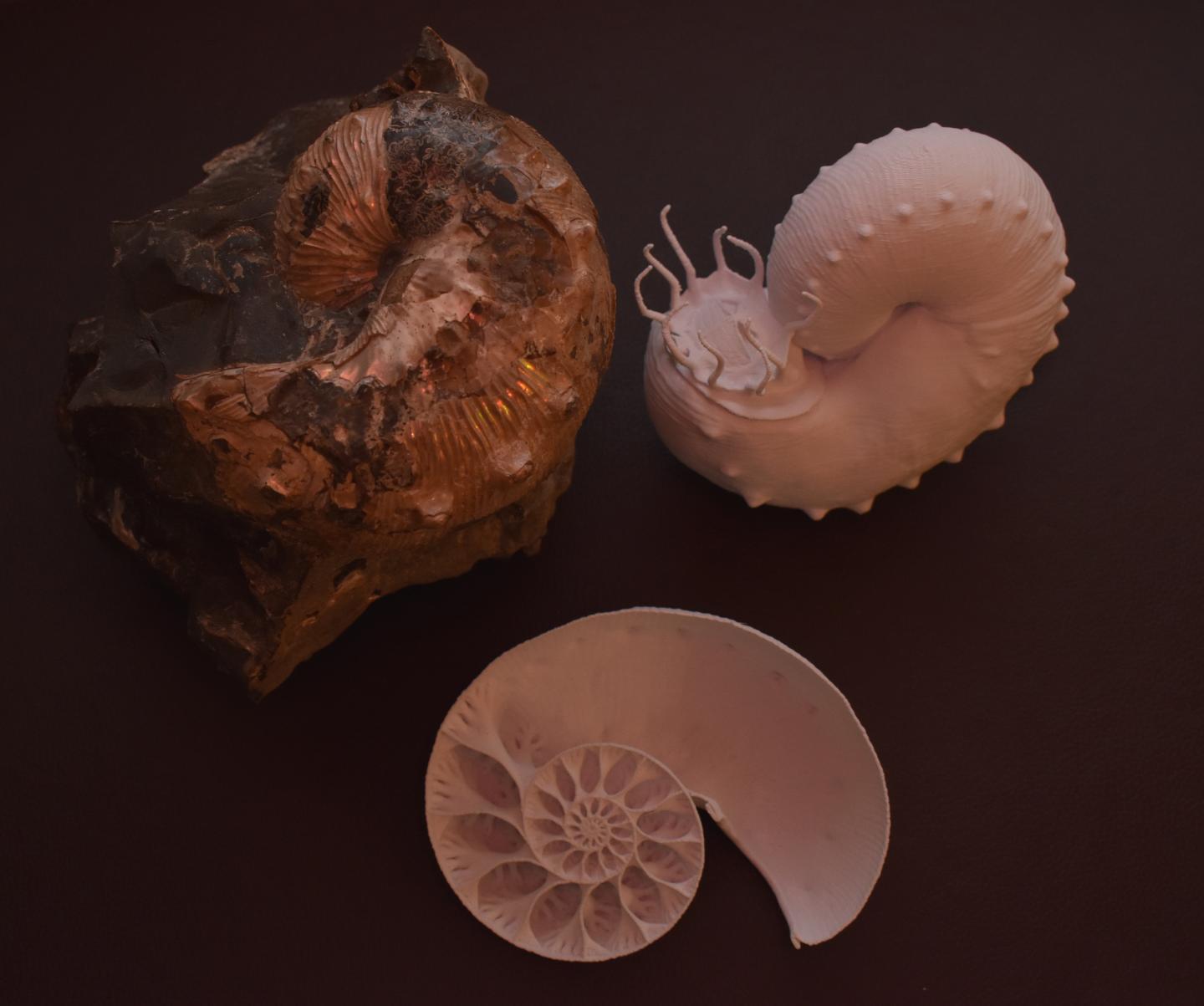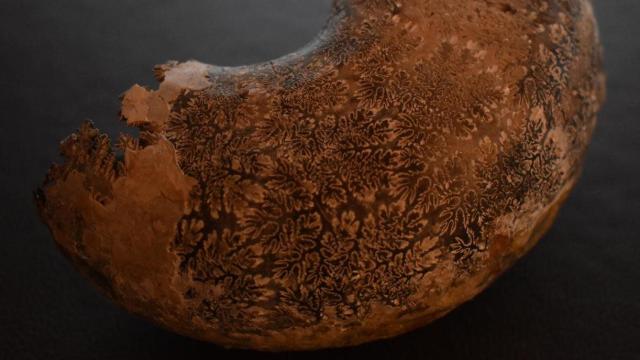Ammonites are a tale of two textures. The prehistoric cephalopods were composed of fleshy soft tissue (the living bit of the animals) and hard external shells, which, according to a paper published this week in Scientific Reports, may have helped the animals control their buoyancy.
The team behind the paper was specifically looking at the sutures, the patterns that line the inside of ammonite shells. Over the course of ammonite evolution, which spanned from over 400 million years to 66 million years ago (until their extinction along with the dinosaurs), these sutures got more complicated, shifting from simple lines to branched fractals. They’re much more complex than the suture lines of ammonites’ nearest extant cousin, the nautilus.

In their new paper, the researchers posit that the patterns could have been useful for buoyancy control, in contrast to the previously argued hypothesis that the sutures would help the ammonite resist pressure on the shell in the deep sea. The sutures mark the intersections of the internal shell wall and the septa, the walls that separate chambers within the shell.
“The earliest sutures were essentially straight lines in ammonoid ancestors,” said lead author David Peterman, a paleobiologist at the University of Utah, in a university release. “Some species had sutures so complex that there was hardly any free space where the septa meet the shell.”

On the outside, all that’s left of the ammonites are their ridged, spiral shells — no soft tissue has fossilized, so questions about how many arms the animals had remain open. On the inside, the animals’ shells are often caked in lithified mud — ocean floor muck that turned to stone over millions of years. That posed a problem for the research team, which was trying to investigate the complexity of the chambers inside the shell, called phragmocone. The ammonite phragmocone functioned like the airlocks of a ship, keeping the ammonite bobbing at whatever height off the seafloor the prehistoric critter wished to be. To get a look at the sutures without cracking open the fossils, Peterman’s team 3D-printed models of ammonite and nautilus shells.
“These hypotheses couldn’t be tested without being able to create incredibly accurate models of these intricate features,” Peterman said. “The 3-D printed models allow the fabrication of incredibly intricate chamber walls that have details comparable to the living animals.”
In three dimensions, the spirals and cauliflower-like crimps on the shell’s interior come to life. Virtual models of the septa, used to create the 3D prints, are an iridescent fever dream.

To test their buoyancy control theory, the team dunked their 3D-printed shells in water and found that the more complex the suture structure, the more water was retained by the shell. The researchers wrote that liquid retention could have helped fine-tune the animals’ buoyancy regulation, as they would’ve needed precise control over the amount of water in the shell to remain afloat at any given depth in the water.
Ammonite shells were most ornate right before their extinction at the end of the Cretaceous. But nautiloids, with their simpler interior shell designs, still roam the oceans today, giving us hints as to what the long-dead mollusks might have been like in life.
